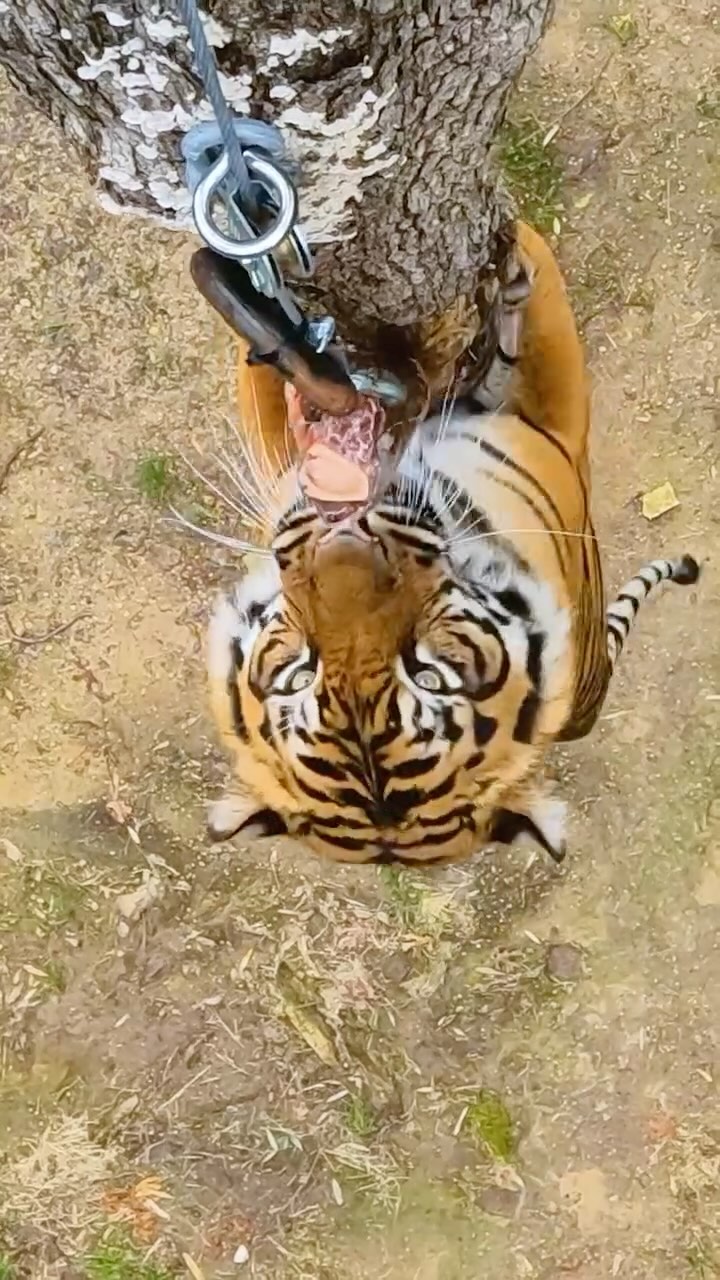- The role of technological advancements in wildlife conservation and management of zoological institutions.
- Major conservation projects and initiatives shaping wildlife protection strategies in 2025.
- The impact of climate change on global biodiversity and efforts to mitigate its effects.
- Developments in animal behavior research and their applications in zoo management and species preservation.
- The importance of community involvement and education in enhancing wildlife conservation efforts.
Technological advancements are revolutionizing wildlife conservation and zoo management. In 2025, innovations such as artificial intelligence, drone surveillance, and bioacoustic monitoring are playing crucial roles in habitat protection and species conservation. AI algorithms are being used to predict animal movements and identify poaching patterns, helping agencies to allocate resources more efficiently. Bioacoustic technology allows researchers to monitor wildlife populations by listening to their vocalizations, providing insights into animal behavior and population dynamics. These tools enhance our ability to protect endangered species and ensure sustainable management practices within zoological institutions.
Conservation projects in 2025 are focused on not only preserving biodiversity but also restoring ecosystems and ensuring genetic diversity within species. Large-scale initiatives like rewilding are underway to restore natural habitats and reintroduce keystone species that play significant roles in maintaining ecological balance. Efforts to combat habitat fragmentation include the creation of wildlife corridors that connect isolated populations, reducing inbreeding and increasing genetic flow. Furthermore, breeding programs in zoos emphasize genetic health and the preparation of animals for potential reintroduction into the wild, focusing on species that have nearly vanished from their natural habitats.
Climate change continues to threaten global biodiversity, altering habitats and affecting species survival. Rising temperatures and unpredictable weather patterns are impacting migration routes, breeding seasons, and food availability. Conservationists in 2025 are implementing adaptive management techniques to build resilience in vulnerable ecosystems. Strategies such as assisted migration, where species are relocated to more suitable habitats, are being explored to protect species from climate-induced changes. Additionally, increasing vegetation cover and restoring wetlands contribute to carbon sequestration, helping to mitigate climate impacts.
Research into animal behavior is uncovering new insights essential for better zoo management and species conservation. In 2025, behavioral studies focus on understanding social structures, communication, and stress responses among animals. This knowledge informs enrichment programs that improve animal welfare in captivity by providing environments that simulate natural habitats. Such efforts are crucial for species like primates and elephants, which exhibit complex social behaviors. Understanding these behaviors aids in developing conservation strategies that align with the natural instincts of the species, promoting their survival both in captivity and the wild.
Community involvement and education are pivotal in driving successful conservation outcomes. In 2025, initiatives that engage local communities in conservation efforts are proving effective. Educating people about the importance of preserving biodiversity fosters local stewardship and reduces human-wildlife conflicts. Community-led conservation projects empower residents to protect their natural heritage while benefiting economically through ecotourism. Similarly, zoos are enhancing their educational programs, using interactive technologies and experiences to teach visitors about conservation challenges and solutions. This approach not only raises awareness but also inspires future generations to take active roles in environmental stewardship.
Wildlife conservation in 2025 is at the forefront of scientific and technological innovation. These advancements are opening new avenues for species preservation, ecosystem restoration, and sustainable management of wildlife populations. Partnerships between scientists, conservationists, and local communities are essential in tackling conservation challenges and ensuring a future where biodiversity can thrive amidst changing global conditions.
*****
Source Description
2025 is going to be a wild year!

